Bloom’s Taxonomy Verbs List: 100+ Power Verbs for Teachers
Discover 100+ Bloom’s Taxonomy verbs, organized by cognitive level, to write objectives, design assessments, and strengthen critical thinking in any subject.
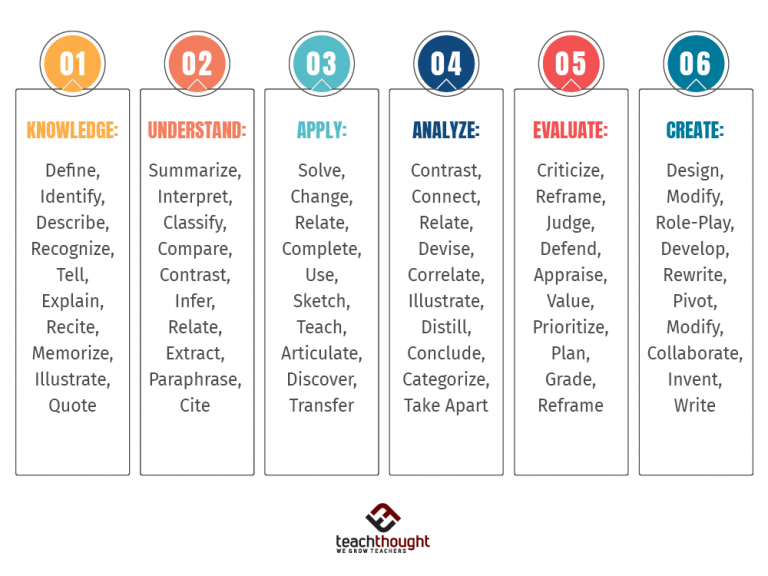
Discover 100+ Bloom’s Taxonomy verbs, organized by cognitive level, to write objectives, design assessments, and strengthen critical thinking in any subject.
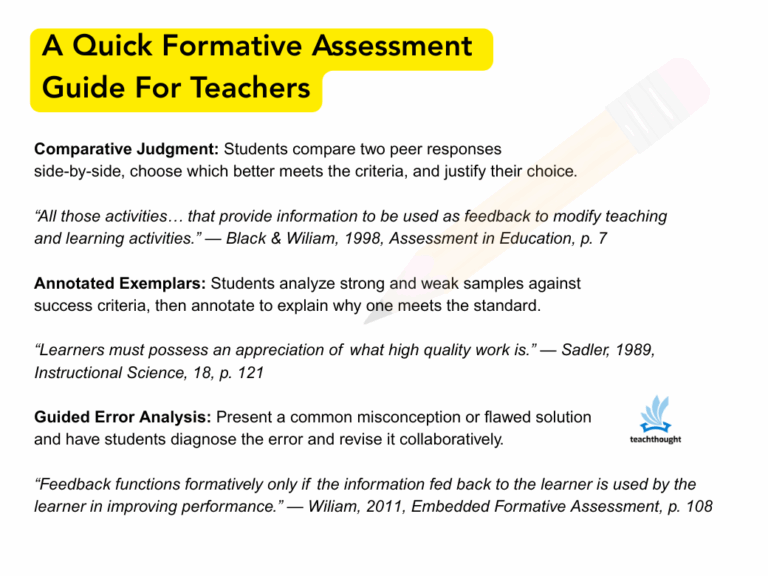
A guide for Formative Assessment: A clear definition, classroom strategies, benefits for using it in the classroom.
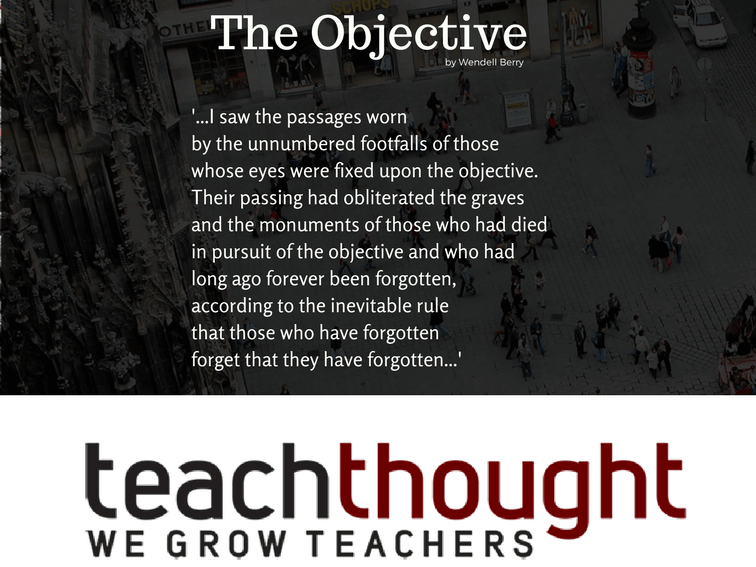
“I prayed what I saw was only fear & no foretelling, for I saw the last known landscape destroyed for the sake of objective…”
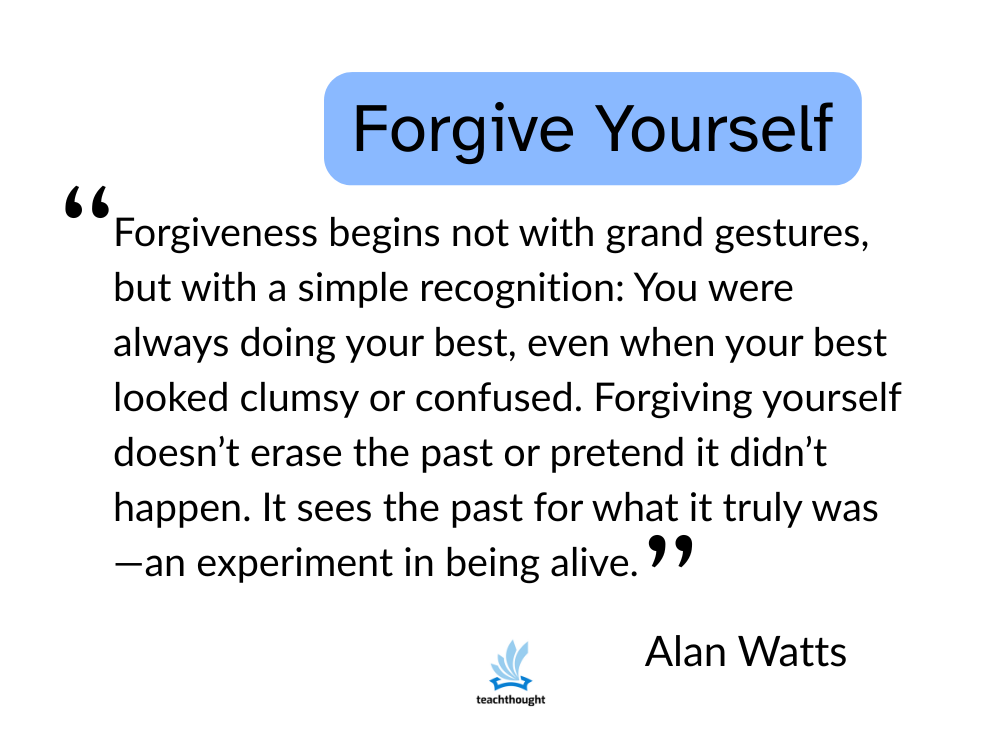
“Compassion for yourself is letting the stones fall and seeing that you are no longer the one who stumbled — you are the one who learned.”
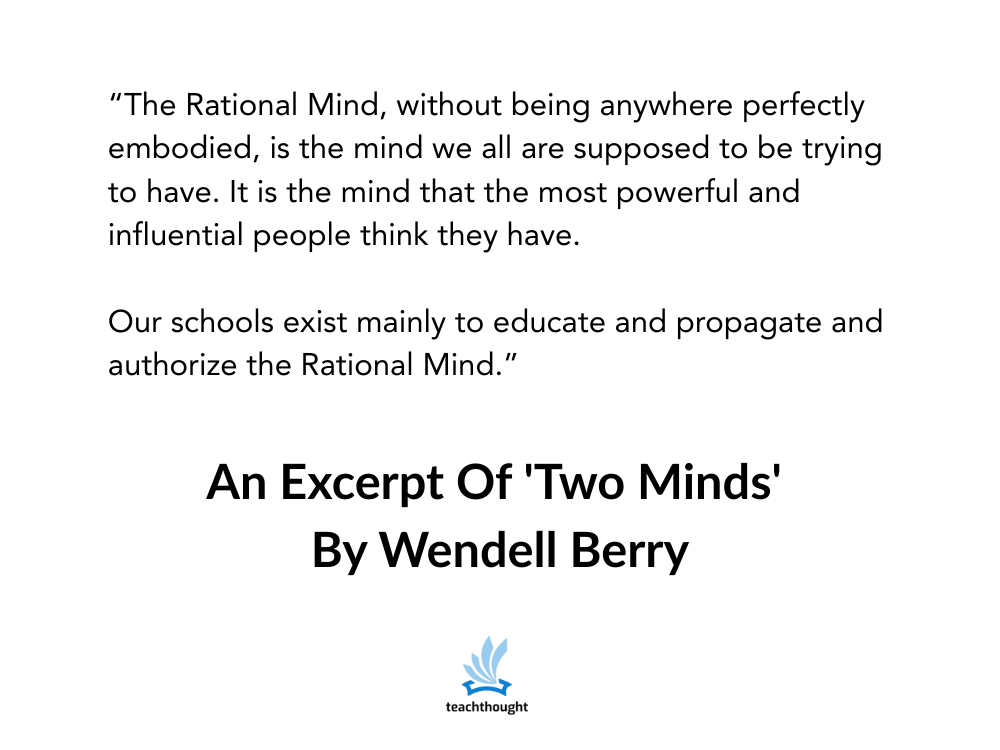
“Obviously we need to use our intelligence. But how much intelligence have we got?”
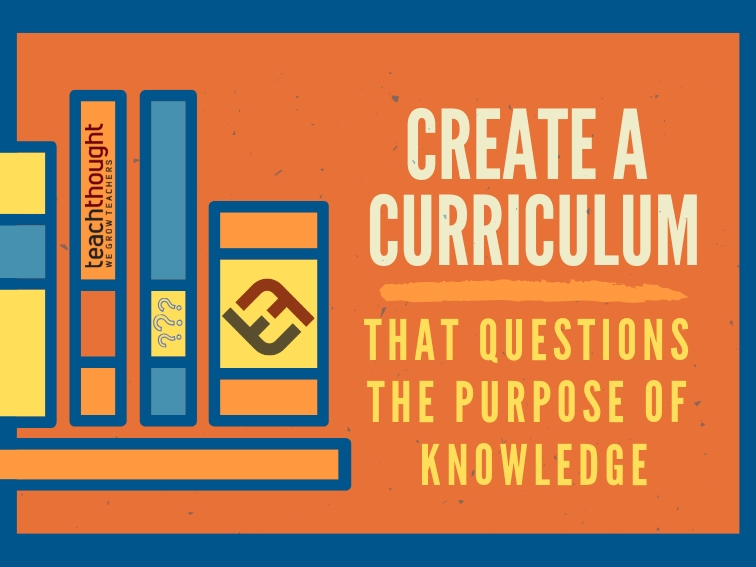
The purpose of curriculum is to provide a mutual language to organize and communicate knowledge–and students inherit its implications.

Critical thinking is certainly a ‘skill’ but when possessed as a mindset–a playful and humble willingness–it shifts from a labor to an art.
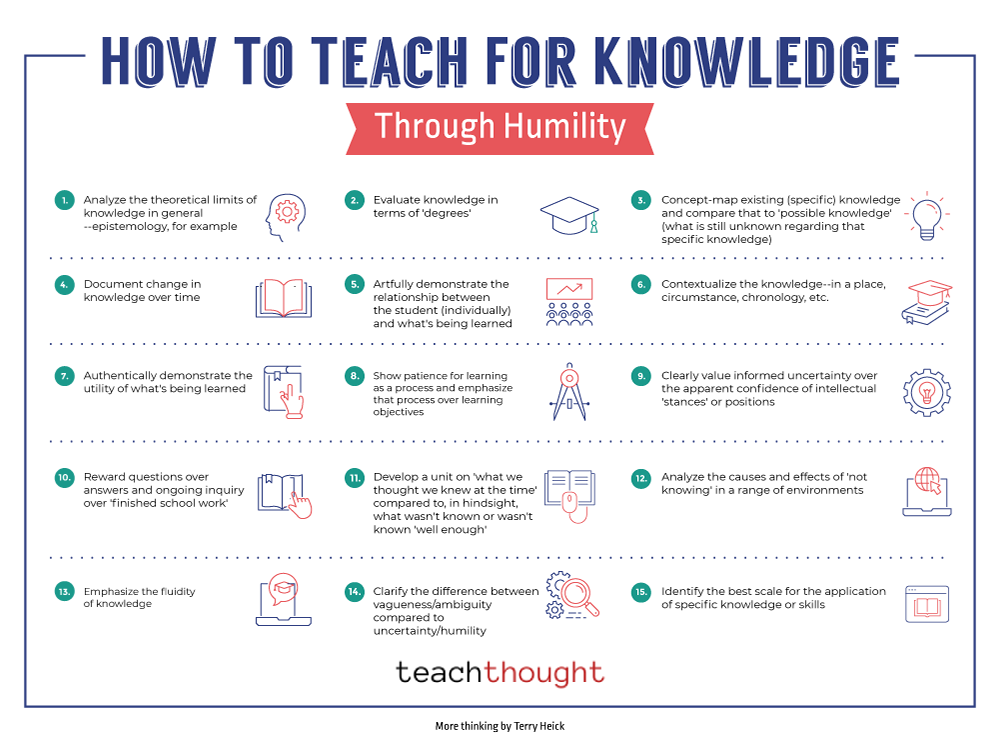
How would it change the learning process to start with a tone of humility? To clarify what can be known, and what cannot?

Like thinking, reading in the 21st century is endlessly linked in an increasingly visible web of physical and digital media forms.

Learning leads to knowledge and knowledge leads to theories just like theories lead to knowledge. It’s all circular in such an obvious way.
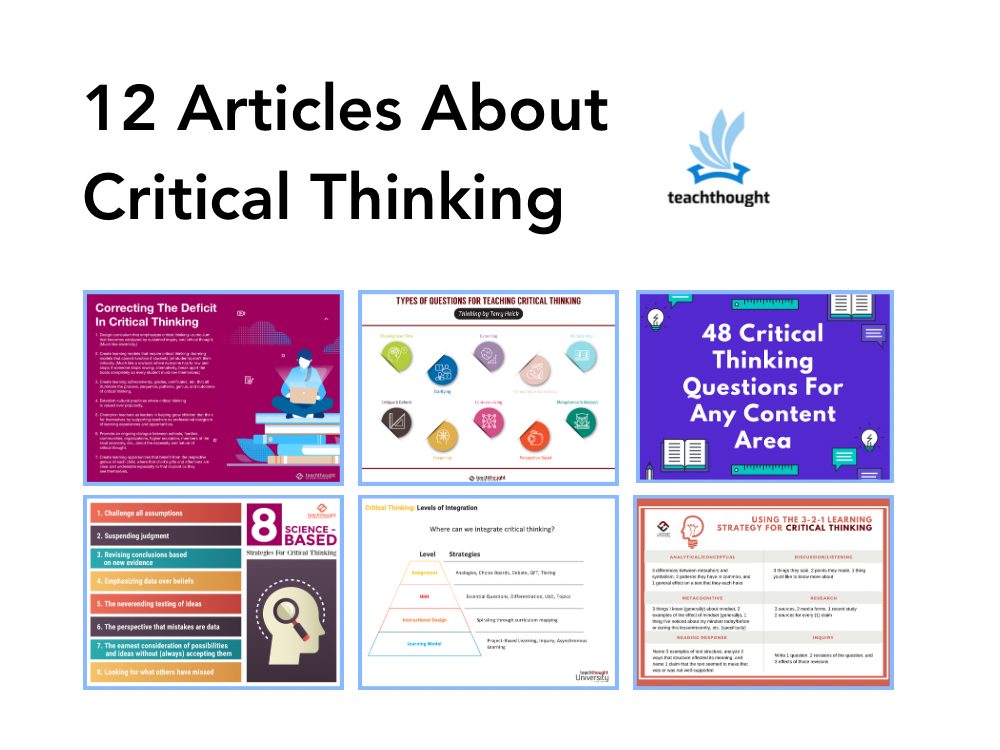
Critical thinking questions include, ‘Why is this important? What are the causes and effects of this? How do we know if this is true?”

What is the effect of your work? Did you choose your work, or are you doing it under compulsion as the way to earn money?
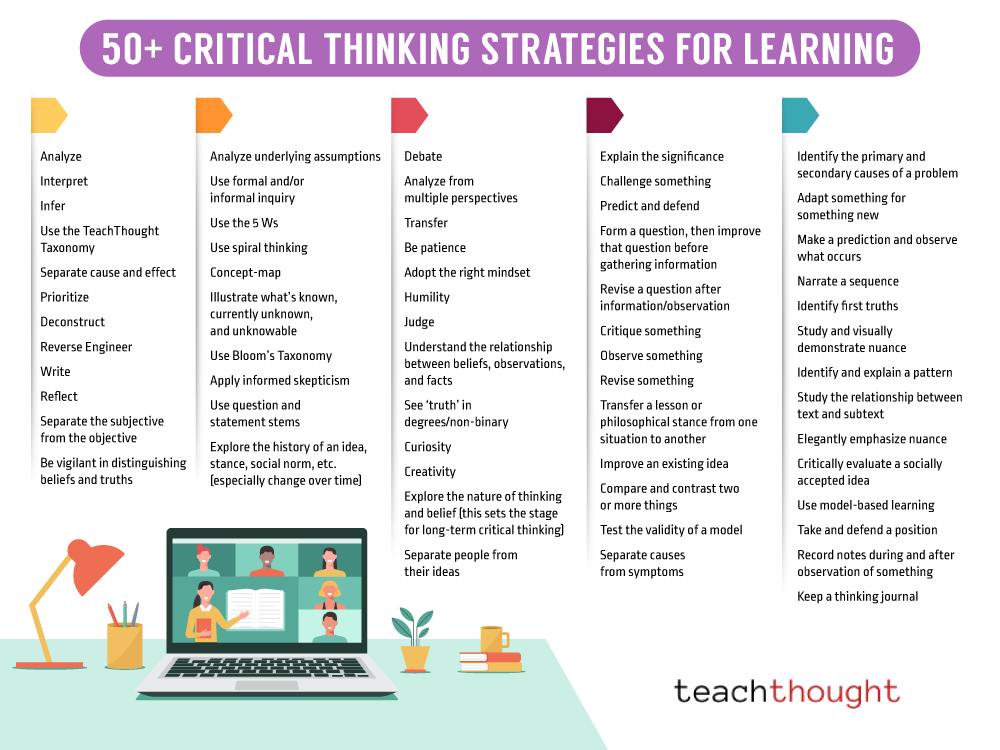
Critical thinking strategies often employ multiple data sources and perspectives in pursuit of understanding.

Assessment for learning is commonly referred to as formative assessment–that is, assessment designed to inform instruction.